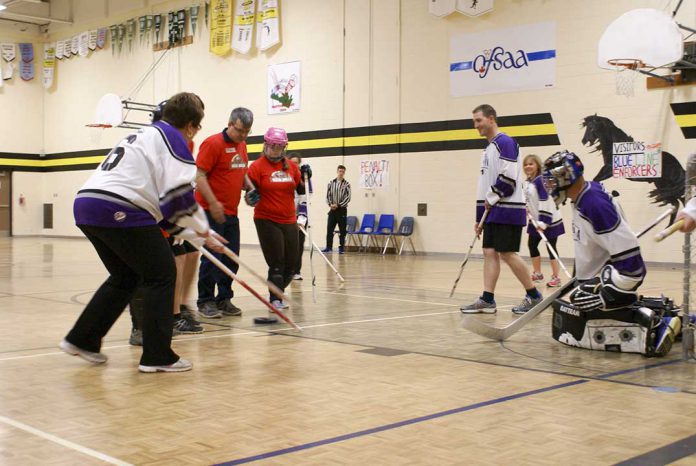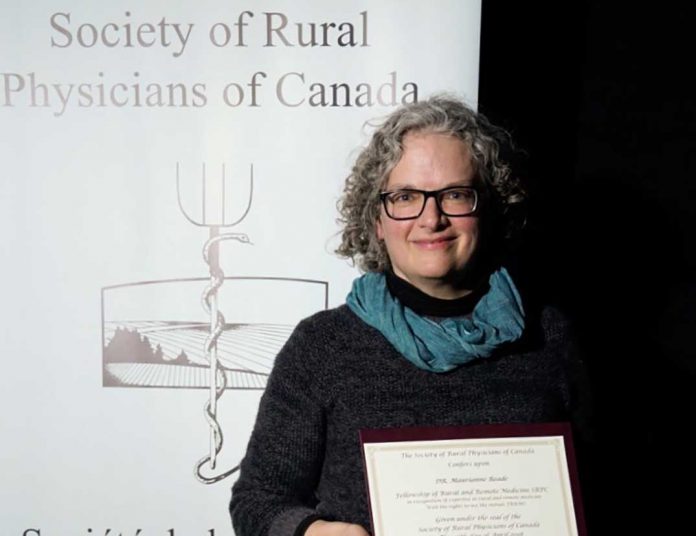Keep an eye out for an Anishinabe-kwe being dragged kicking and screaming off the ‘rez’
To the Expositor:
Guess how I’m going to “celebrate” Mother’s Day? I’m going to be evicted, again, from my home at Whitefish River First Nation. Yep–again.
But, you know what? There are no lawyers, no judges, no courts and no governments that can take away Indigenous women’s human rights to secure Indigenous land tenure on Indigenous homelands. There aren’t even any Anishinaabe men that can do that.
Where do these rights come from? They come to us female Anishinaabe-kwek from Mother Earth Herself. If you think of it, the first Anishinaabe was lowered onto the earth from a hole in the sky. We were brought here from the sky, but then were placed on Mother Earth to live.
How much land on Mother Earth in Canada is indigenous homelands? Well, if you think of it, the British government made treaties with “Indians” in 1763, in 1850, in 1862, and various other dates for other “tribes.” These were made in pre-Confederation times. And when they were made, they were made between equals. Indians at the time were not subservient, weak, diseased or “conquered.” Then later, treaties were made with Indians by Canadian governments. A treaty is an agreement. Both sides agree to do something, or to pay something, or to exchange something. In the case of most treaties in Canada, the somethings agreed to were never honoured. The only thing that was honoured was how much land was expropriated from the indigenous peoples. Oh sure, $4 a year was a nice sum of money once upon a time. But actually, all it was, was an interest payment on an interest payment. What really happened, in the case of the British and the Canadians, was that they realized that they could not afford the principal price of the land they were negotiating for. So the principal was taken off the table. Then they looked at the interest on the principal. Then they realized that they could not afford the interest on the principal. So that was taken off the table. Then, some government official decided that, “hey, how about we pay only the interest on the interest?” Well, then they bamboozled the Indians into accepting this, and that’s how we get $4 a year in treaty payment, called an “annuity in perpetuity.”
So really, if the land has not been paid for, all 9,984,670 square kilometres still belong to Indigenous peoples, from coast to coast to coast.
You know what? I would never, ever have found out any of this except for the fact that a greedy and malicious person decided that he would not honour traditional Anishinaabe customs and protocols about indigenous homelands. I would never have discovered any of this except for a band council that passed a trespass bylaw – without consulting the community – in order to evict a female Anishinaabe elder, thereby trying to negate the human rights of Indigenous women to live on Indigenous homelands
Here’s the other thing I found out by being evicted from my own home on traditional territory. Guess who owns all of the reserves in Canada? Not Indigenous peoples, that’s for sure. Look in the Indian Act. Right there in black and white it says, “In this Act, band means a body of Indians (a) for whose use and benefit in common, lands, the legal title to which is vested in Her Majesty, have been set apart…” (section 2 (1). So any Nish who has a Certificate of Possession does not own the land that she or he lives on. How about that?
What’s the solution? Who knows? All I can say is that I have lived successfully, off-grid, in a tiny home on traditional Anishinaabe territory for the last three years, according to our customs. Where to from here? Who knows? If you see an Anishinaabe-kwe getting dragged off the rez kicking and screaming, you’ll know what happened.
Happy Mother’s Day.
Marie McGregor-Pitawanakwat
Whitefish River First Nation




